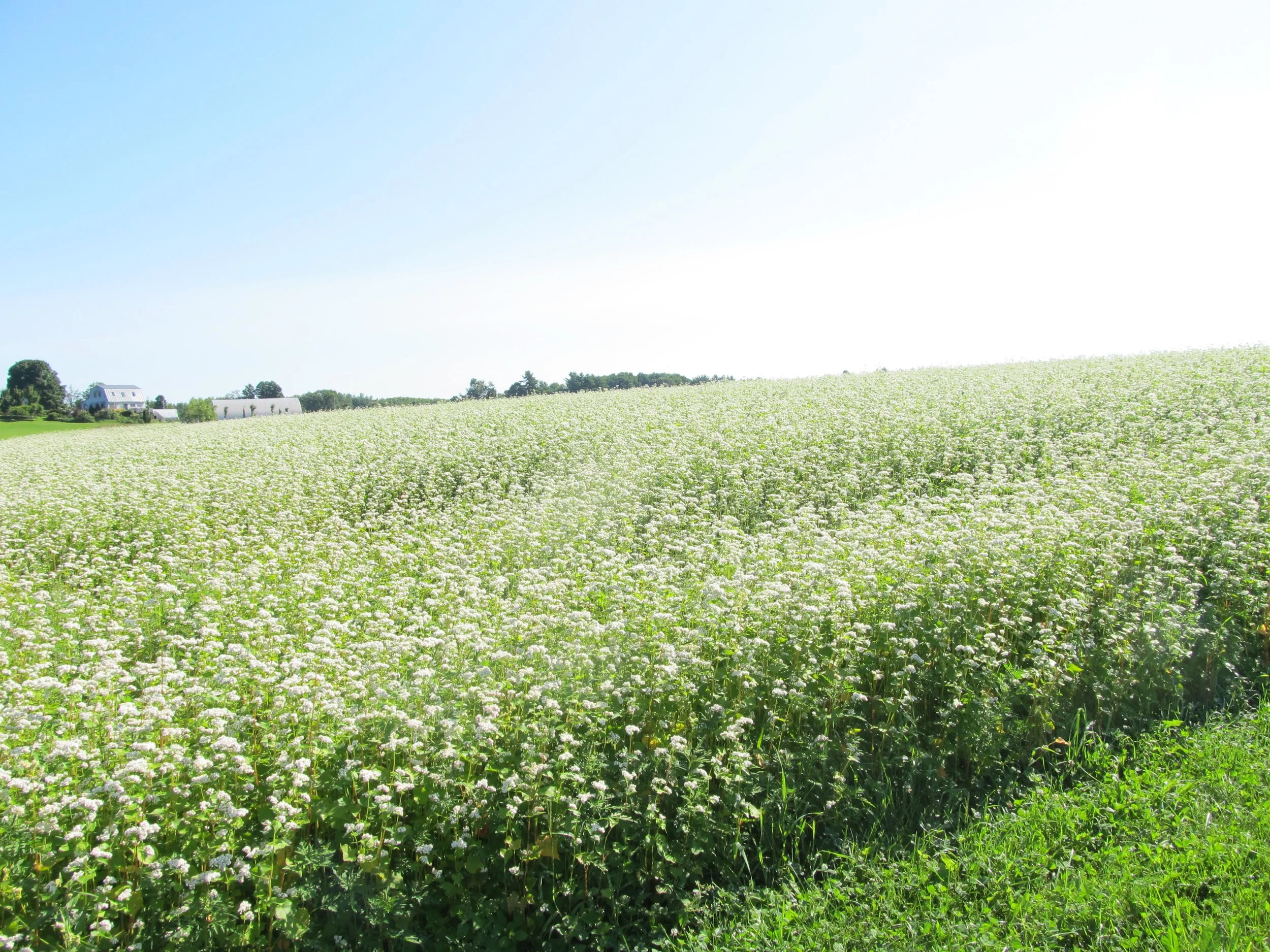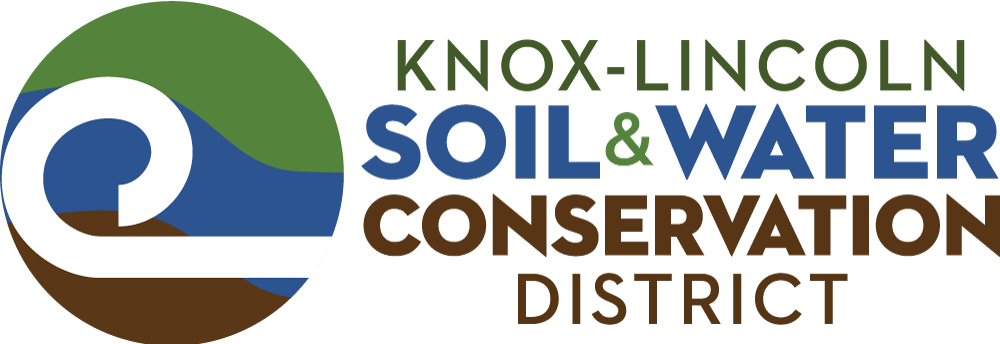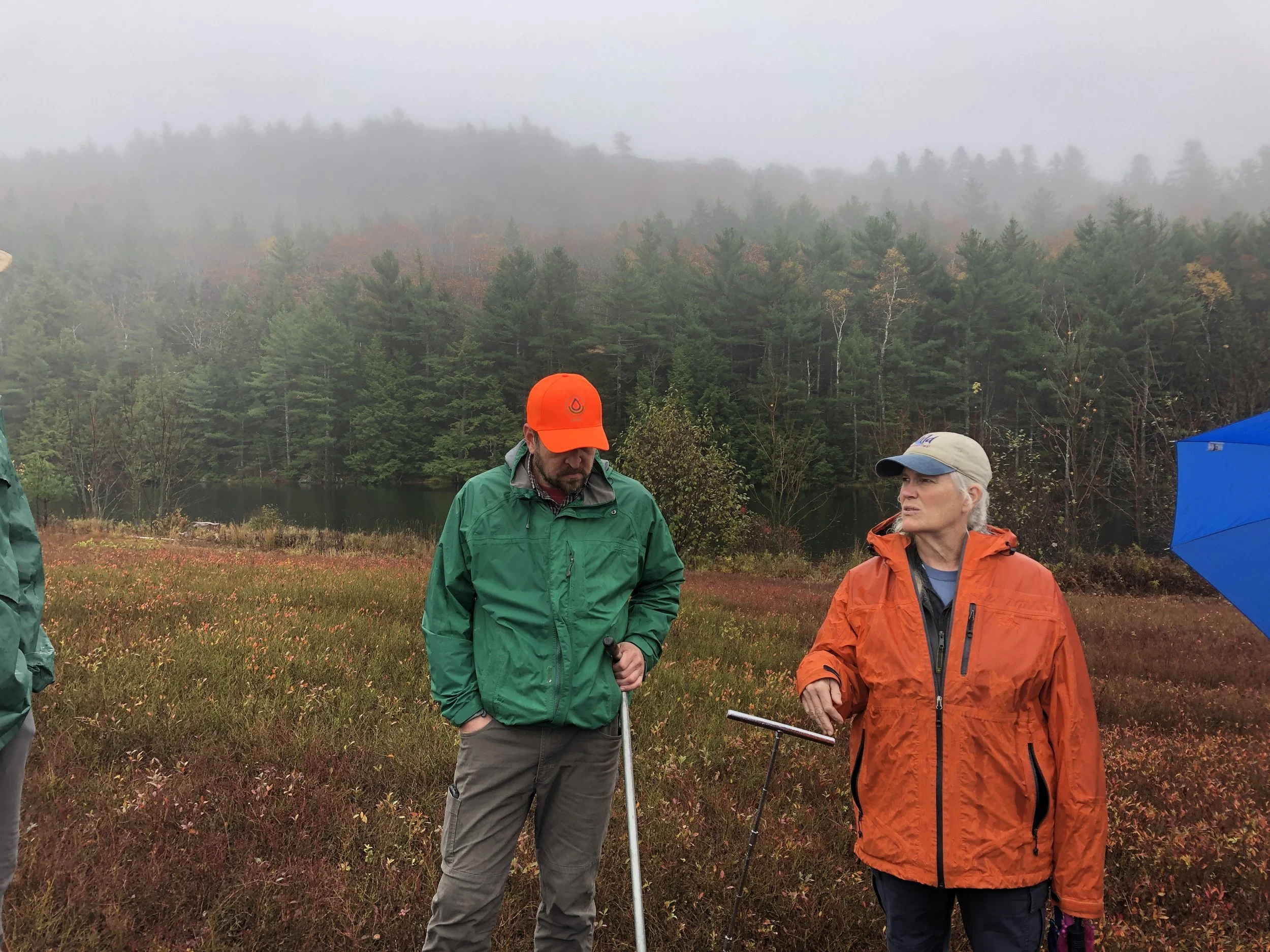
Natural Resources Conservation Service
Conservation
Technical Assistance (CTA)
The Conservation Technical Assistance Program (CTA) provides land users with one-on-one advice, proven conservation technologies and the delivery system needed to achieve the benefits of a healthy and productive landscape.
What is Conservation Technical Assistance (CTA)?
NRCS offers Conservation Technical Assistance at no cost to the producers they serve. NRCS’s goal is to give customers personalized advice and information, based on the latest science and research, to help them make informed decisions.
If a producer chooses to take the next step towards improving their operations, NRCS can work with them to develop a conservation plan, with suggested conservation practices that can help them reach their production and conservation goals.
Producers can also choose to apply for financial assistance to get help installing the conservation practices outlined in their conservation plan.
Interested in getting support? Contact your local District Conservationist.
Learn more about Natural Resources Conservation Service and other programs and initiatives offered.
What is a Conservation Plan?
The conservation plan includes tools and resources customized specifically for each customer, like a land use map, soils information, photos, inventory of resources, economic costs and benefits, schedule of recommended practices, maintenance schedules, and engineering notes — all based on the producer’s goals and the resource needs.
The plan is written in a clear, step-by-step format that meets each individual customer’s needs. Customers choose options that suit their circumstances and time schedule.
The conservation planning process is a collaboration between the conservation planner and the customer. Conservation planners are there every step of the way to assist customers with implementation as needed.
Nine-Step Conservation Planning Process
The NRCS uses a nine step planning process to provide assistance to customers and develop a conservation plan.
-
Planning can start with a problem, an opportunity, shared concerns, or a perceived threat. Initial opportunities and problems are first identified based on readily available information provided by the customer. There may be information available through local Soil and Water Conservation Districts or through a larger-scale conservation plan.
-
During this step, the stakeholders identify their objectives. A conservationist guides the process so that it includes both the stakeholder needs and values, the resource use, and on-site and off-site ecological protection. Objectives may need to be revised and modified as new information is gathered later in the process. Objectives may not be finalized until Step 4 of the planning process.
-
In this step, appropriate natural resource, economic and social information for the planning area is collected. The information will be used to further define the problems and opportunities. It will also be used throughout the process to define alternatives and to evaluate the plan. It is important that as much information as possible can be collected so that the plan will fit both the needs of the landowner and the natural resources. Inventories can range from a farmstead or small watershed to a complete inventory of resources for a state or the entire nation, such as with the NRCS National Resources Inventory or the Soil Survey Program.
-
This involves studying the resource data and clearly defining existing conditions for the natural resources, including limitations and potential for the desired use. This step is crucial to developing plans that will work for a landowner and their land. It also provides a clear understanding of the baseline conditions that will help assess how effective a project is after it has been put into place
-
The purpose here is to achieve the goals for the land, by solving all identified problems, taking advantage of opportunities, and meeting the needs of the planning project. With NRCS conservation planning, we often can help landowners come up with alternatives based on financial assistance programs that help offset the financial expense of implementing conservation practices
-
Next is to evaluate the alternatives to determine their effectiveness in addressing the customer’s problems, opportunities and objectives. Attention must be given to those ecological values protected by law or executive order.
-
At this point, the landowner chooses which project or plan will work best for their situation. The planner prepares the documentation. In the case of an areawide plan, public review and comment are obtained before a decision is reached.
-
Technical assistance is provided to help with the installation of adequate and properly designed conservation practices. At this point in NRCS conservation planning, our conservation engineers step in and make designs based on our technical standards. Also, assistance is given in obtaining permits, land rights, surveys, final designs, and inspections for structural practices.
-
Conservation planning is an ongoing process that continues long after the implementation of a conservation practice. By evaluating the effectiveness of a conservation plan or a practice within a plan, stakeholders can decide whether to continue with other aspects of an overall areawide plan.
NRCS District Service Centers
To learn more and inquire about any NRCS services and programs, contact your NRCS District Conservationist.
Lincoln and Kennebec Counties
Amanda Burton, District Conservationist
amanda.burton@usda.gov
(207) 622-7847 Ext. 3
2305 North Belfast Avenue
Augusta, ME 04330
Get Directions
Knox and Waldo Counties
Peter Abello, District Conservationist
peter.abello@usda.gov
(207) 338-1964 Ext. 3
46 Little River Drive
Belfast, ME 04915-9804
Get Directions




